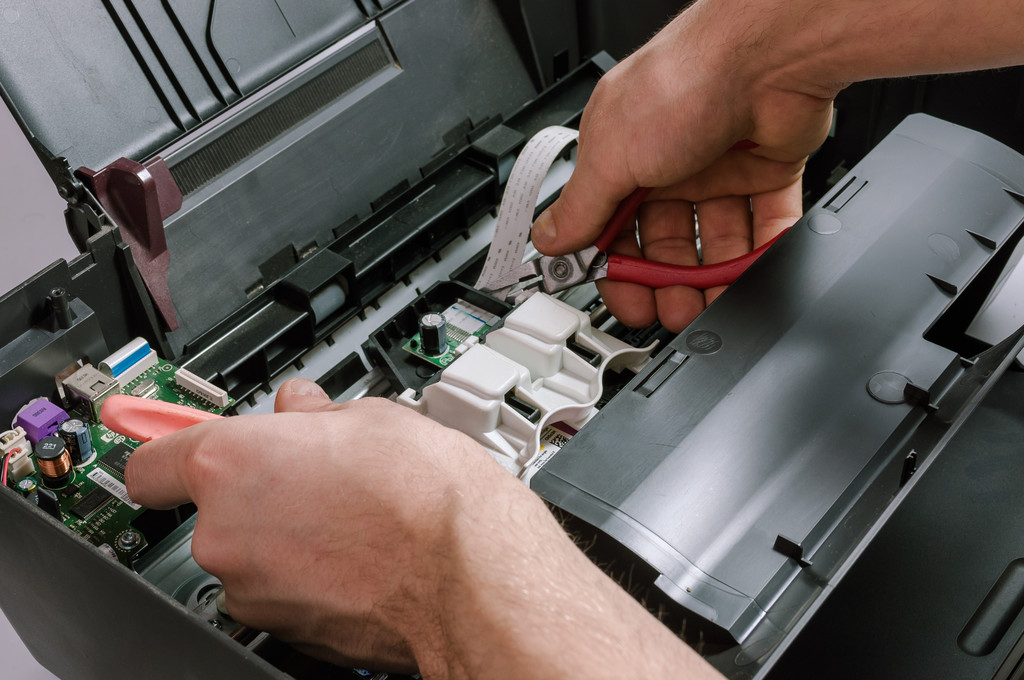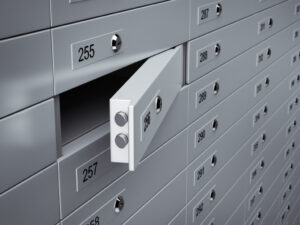
Maintaining the efficiency of your office equipment is essential for smooth operations, and multifunction printers (MFPs) are no exception. These machines are workhorses, handling printing, scanning, copying, and sometimes even faxing, all in one device. To ensure optimal performance and longevity, regular servicing is crucial. This blog will explore how often you should service your multifunction printer and what factors influence its maintenance needs.
Understanding the Importance of Servicing Your Multifunction Printer
Multifunction printers are complex devices that integrate various technologies into one unit. As a result, they are subject to wear and tear over time, especially when used frequently. Routine servicing helps keep the device in top shape, ensuring it runs efficiently, produces high-quality output, and reduces the risk of unexpected breakdowns.
Regular maintenance also extends the life of your printer, helping you avoid costly repairs or replacements. By scheduling timely servicing, you can detect potential issues early, fix minor problems, and ensure the machine continues to meet your office’s productivity demands.
Factors That Affect Servicing Frequency
There’s no one-size-fits-all answer to how often a multifunction printer should be serviced. Several factors can influence the frequency of maintenance, and understanding these can help you tailor a servicing schedule that suits your needs.
1. Printer Usage Volume
The most significant factor determining how often your multifunction printer needs servicing is how much you use it. In high-traffic environments, such as busy offices or schools, printers are in near-constant operation. These settings typically demand more frequent servicing, as the higher the usage, the more likely parts will wear out faster.
In contrast, if your office uses the printer only a few times a day, less frequent servicing may suffice. However, even light usage doesn’t eliminate the need for regular maintenance. It’s important to follow manufacturer recommendations and inspect the printer periodically to ensure all components are functioning correctly.
2. Type of Print Jobs
The type of documents your office prints can also affect the wear on your multifunction printer. For example, if your business frequently prints graphics-heavy documents or high-resolution images, the machine will require more attention than a printer mainly used for basic text documents. Graphics-intensive printing tasks put more strain on the printer’s components, such as the toner, drum, and fuser, which may need replacement or servicing more often.
3. Environment
The environment in which your printer operates plays a significant role in its maintenance needs. Dust, humidity, and temperature fluctuations can affect the internal components of your multifunction printer. Dust, for instance, can accumulate in the machine, causing jams and print quality issues, while excessive humidity may lead to paper curling or sticking.
Placing your printer in a well-ventilated, dust-free area can help minimise environmental factors that may lead to more frequent servicing needs. In particularly dusty or humid environments, scheduling more frequent cleanings or check-ups is advisable to prevent damage to the machine.
4. Manufacturer Recommendations
Each multifunction printer model comes with specific manufacturer guidelines on how often the machine should be serviced. These recommendations are based on factors like the printer’s design, expected usage levels, and typical lifespan. It’s essential to review your printer’s user manual or consult the manufacturer’s website to understand the suggested service intervals.
Manufacturers often provide recommended page counts, indicating when maintenance is necessary. For instance, after every 100,000 pages, the machine may require a more in-depth servicing to replace parts or check components that wear down with time.
Signs Your Printer Needs Servicing
Even with a regular servicing schedule in place, there are signs that indicate your multifunction printer may require immediate attention. Being aware of these early warning signals can help prevent more severe problems from developing.
1. Frequent Paper Jams
While occasional paper jams are common in most office environments, frequent jams are a red flag. These jams could indicate that rollers or other internal parts are worn and need to be cleaned or replaced. Addressing this issue promptly can prevent further damage to the machine.
2. Decreased Print Quality
A noticeable decline in print quality, such as faded text, streaks, or smudges on documents, is a sign that the machine needs attention. This could be due to low toner levels, dirty print heads, or worn-out components that require replacement or cleaning.
3. Unusual Noises
Strange or loud noises during printing, scanning, or copying can indicate mechanical issues. Components such as rollers, belts, or gears may be worn or misaligned. If the machine is making sounds it doesn’t usually make, it’s time to call a technician.
4. Error Messages
Modern multifunction printers are equipped with sensors that detect issues and alert users with error messages. If your printer frequently displays error messages, it’s crucial to address them immediately. Ignoring these alerts can lead to larger issues that could result in expensive repairs.
General Servicing Recommendations
While each multifunction printer is different, there are some general recommendations you can follow to keep your device in good working order:
Light usage environments: For offices with light printer usage (fewer than 1,000 pages per month), scheduling a check-up once or twice a year may be sufficient. Basic tasks like replacing toner and cleaning the printer should be done regularly to avoid buildup and wear.
Moderate usage environments: If your office prints between 1,000 and 5,000 pages a month, you should consider servicing your printer quarterly. This ensures the machine stays in good condition and helps identify any developing issues before they become major problems.
Heavy usage environments: For offices or businesses that print more than 5,000 pages per month, monthly servicing is recommended. High-volume printing puts significant strain on the machine, making frequent servicing essential to maintaining performance and reducing downtime.
Preventative Maintenance Tips
In addition to professional servicing, there are simple preventative maintenance steps your office can take to keep your multifunction printer running smoothly:
Clean the printer regularly: Dust and debris can cause jams and affect print quality. Wipe down the exterior and carefully clean the paper trays and input areas.
Replace toner and other consumables promptly: Using toner or ink beyond its recommended life can cause print quality issues and even damage the machine. Make sure to replace these components as needed.
Use quality paper: Using low-quality paper can increase the likelihood of jams and other issues. Invest in good-quality, smooth paper to reduce wear and tear on the machine.
What to Do When Issues Arise
Even with regular servicing, your multifunction printer may still encounter problems from time to time. When this happens, it’s important to have a reliable repair service on hand. Multifunction printer repairs are sometimes unavoidable, especially in busy office environments, but addressing issues quickly can minimise downtime and prevent larger issues from developing.
If you notice any of the signs mentioned above or experience frequent errors, contact a technician to assess and repair the problem before it escalates.
Final Thoughts
Servicing your multifunction printer regularly is key to keeping your office running efficiently. The frequency of service depends on several factors, including usage volume, print job types, and environmental conditions. By staying on top of maintenance and addressing issues early, you can extend the life of your printer, reduce costly repairs, and ensure that your office’s productivity remains uninterrupted.








